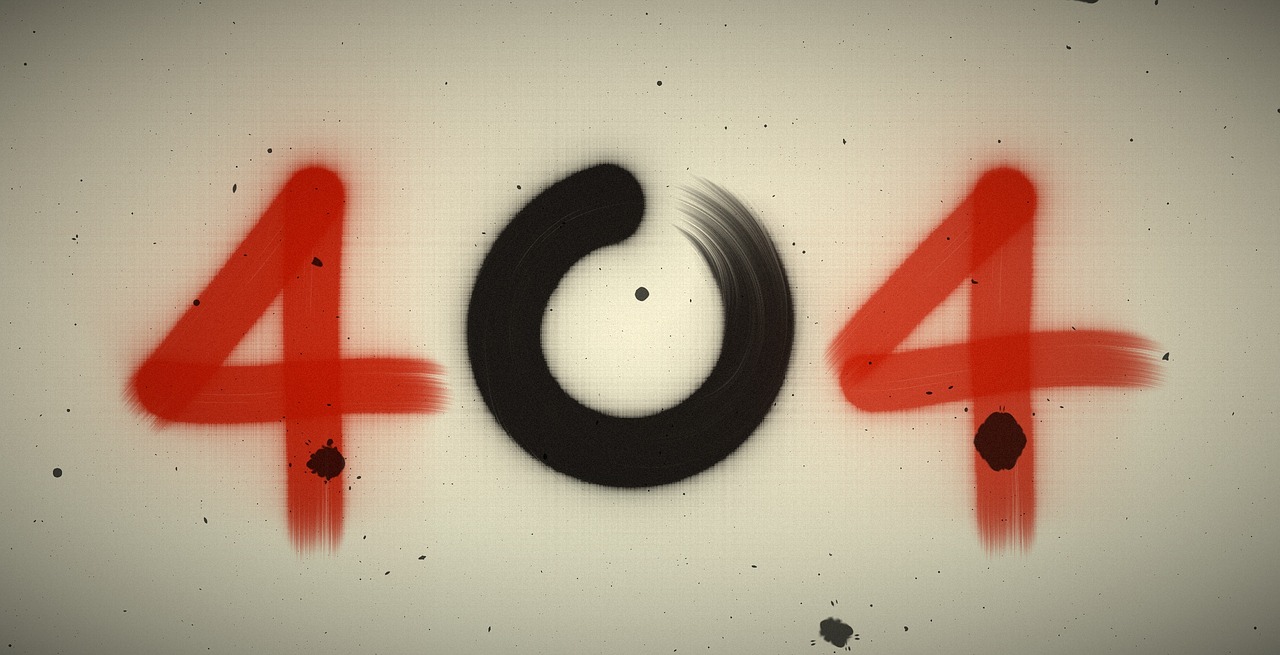Scientists recently reported a monumental discovery in astrophysics: the detection of low-frequency gravitational waves. This breakthrough was made by NANOGrav (North American Nanohertz Observatory for Gravitational Waves), which released findings in The Astrophysical Journal Letters. These waves, predicted by Einstein, are generated when massive objects like supermassive black holes interact, creating cosmic ripples across spacetime. For the first time, researchers have managed to “hear” these background vibrations of the universe, likened to the faint, low hum in a cosmic orchestra. This detection not only broadens our understanding of gravitational waves but also opens up a new chapter in studying the universe’s largest objects and events.
In 2015, scientists at the Laser Interferometer Gravitational-Wave Observatory (LIGO) confirmed Einstein’s theory by detecting high-frequency gravitational waves from collisions between relatively small black holes. However, these high-frequency “chirps” only accounted for a fraction of gravitational wave activity, as larger cosmic structures emit slower, low-frequency waves. The recent study shifts focus to these long-lasting ripples, which cycle over years or even decades, likely generated by the largest black holes in the universe—those with masses billions of times that of our sun. As galaxies merge, their central black holes form binary systems, orbiting each other slowly in a gravitational dance that emits these low-frequency waves, the “tenors and bass” in this cosmic symphony.
This groundbreaking research required an innovative detection method. Scientists targeted pulsars, or “lighthouse stars,” which emit steady bursts of radio waves as they rotate. By measuring the slight variations in these signals, caused by gravitational waves distorting spacetime, researchers were able to identify the presence of these low-frequency waves. According to Sarah Vigeland, a NANOGrav member, pulsars are so consistent that their regular ticking acts like “a perfectly regular clock” in space. Any deviation in this rhythm suggests that gravitational waves are passing through, stretching and compressing spacetime and affecting the signals.
NANOGrav collected over 15 years of data from observatories like the Green Bank Telescope in West Virginia, the Arecibo Telescope in Puerto Rico, and the Very Large Array in New Mexico, examining 68 pulsars. Other international teams contributed data from dozens more. Together, they created a virtual, galaxy-sized detector capable of capturing low-frequency gravitational waves—a feat that ground-based instruments alone could not achieve. Despite this accomplishment, scientists still can’t pinpoint the exact sources of these waves. As Marc Kamionkowski from Johns Hopkins University describes, the current findings are like hearing “background noise” at a party without distinguishing specific conversations.
This constant background hum may suggest more black hole mergers in space than previously thought or even hint at other unknown cosmic events. Such discoveries could redefine astrophysical models and lead to new insights into how galaxies and black holes evolve. Astrophysicist Szabolcs Marka believes this research has opened a new window in cosmic archaeology, allowing scientists to examine the universe’s largest structures and their history of mergers and interactions. The detection of low-frequency gravitational waves promises to unveil more about the vast structures governing our cosmos, inviting further exploration into these enigmatic forces that shape the universe.
As research continues, scientists anticipate uncovering even more mysteries, laying the groundwork for new questions about the universe’s most massive objects and their interconnected journeys through space.















No comments